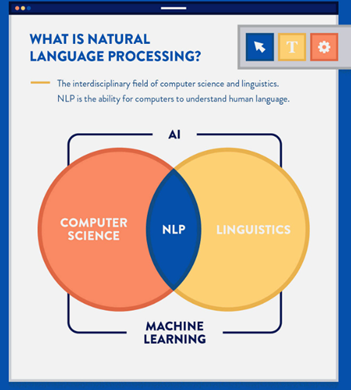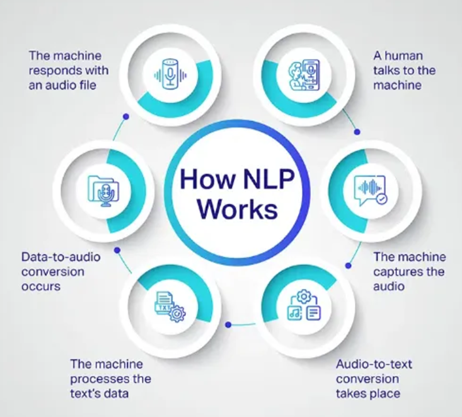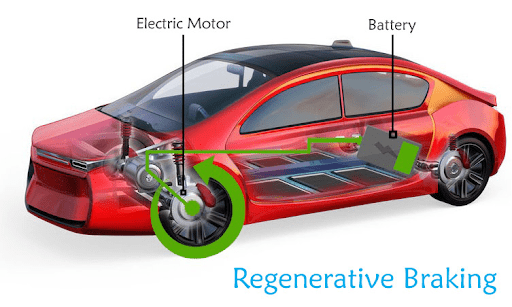Syllabus: Science and Technology
Practice Question for Mains:
Evaluate the potential of Quantum Natural Language Processing (QNLP) in enhancing the efficiency and accuracy of AI systems. How can India leverage this technology to improve its NLP capabilities?
Advancements in AI and NLP, particularly large language models, have revolutionised human-computer interactions but face challenges like high energy consumption and inaccuracies.
Quantum computing, especially QNLP and QGen, offers promising solutions for more efficient, accurate, and sustainable AI systems.
Transformations in AI and NLP:
- The landscape of AI, especially in natural language processing (NLP), has seen remarkable advancements.
- Large language models (LLMs) from OpenAI, Google, and Microsoft have revolutionised human-computer interactions through generative AI.


Problems with Current LLMs:
- High Energy Consumption: LLMs require significant computational power due to their large number of parameters. For instance, GPT-3 consumed 1,287 MWh of electricity for training, equivalent to an average household’s 120-year energy consumption.
- Pre-trained Nature and Hallucinations: LLMs generate contextually coherent but factually incorrect outputs, due to the limitations of their pre-training.
- Syntactic Issues: While LLMs excel in semantic understanding, they struggle with syntax, misinterpreting cues essential for generating accurate text.
Syntactics and Semantics with Quantum NLP:
- Quantum Computing: Quantum computing leverages phenomena like superposition and entanglement to reduce energy costs and enhance efficiency.
- Quantum Natural Language Processing (QNLP): QNLP addresses the limitations of current LLMs by integrating syntax and semantics more effectively, lowering hallucinations, and improving context comprehension.
- Improved Language Understanding: QNLP offers a deeper understanding of language by better mapping grammar rules with quantum phenomena.
Time-Series Forecasting:
- Quantum Generative Model (QGen): Quantum computing can handle time-series data, using fewer parameters than classical models.
- Advantages of QGen: It is effective for both stationary (stable) and nonstationary (fluctuating) data, offering more efficient pattern detection and anomaly identification.
- Recent Research: A Japanese study demonstrated that a QGen AI model outperforms classical methods in financial problem-solving with fewer computational resources.
Conclusion:
- Quantum computing, particularly QNLP and QGen, holds significant potential to overcome current LLM challenges, enabling more sustainable, efficient, and powerful AI applications.
Steps taken by Government:
The Government of India has launched the National Quantum Mission (NQM) to advance quantum technologies in the country:
Funding and Duration: The mission has a budget of ₹6003.65 crore and will run from 2023-24 to 2030-311.
Objectives:
- Develop intermediate-scale quantum computers with 50-1000 physical qubits.
- Establish satellite-based secure quantum communications over 2000 kilometers within India.
- Create inter-city quantum key distribution networks and multi-node quantum networks with quantum memories1.
Focus Areas:
- Quantum Computing
- Quantum Communication
- Quantum Sensing & Metrology
- Quantum Materials & Devices.
Collaborations: The government plans to work with major IT companies like TCS, HCL, and Tech Mahindra to develop software for quantum technologies.
Applications: The mission aims to benefit sectors such as communication, health, finance, and energy, with applications in drug design, space, banking, and security.
This initiative is part of India’s broader strategy to become a global leader in quantum technology and to support national priorities like Digital India and Make in India.












